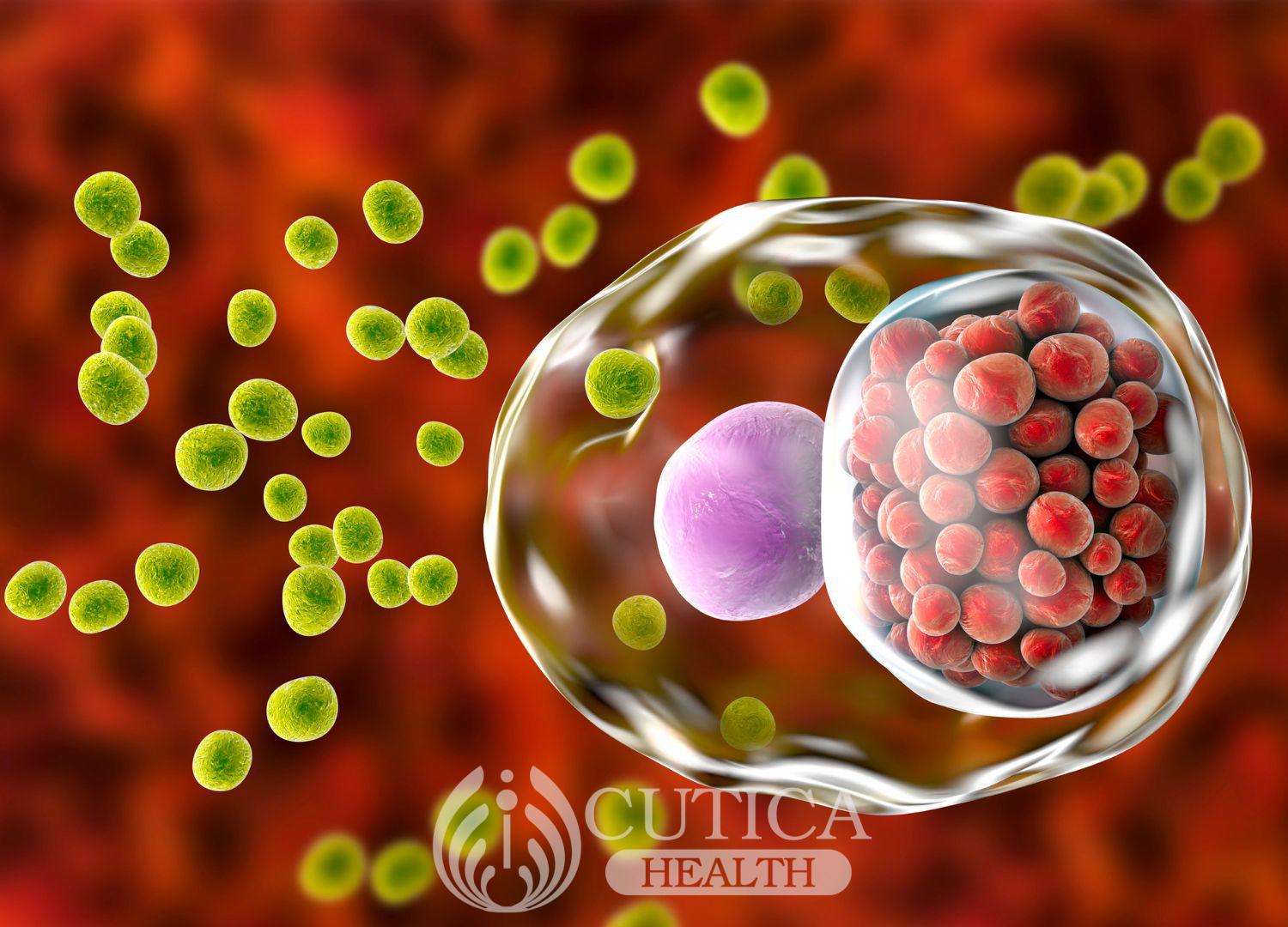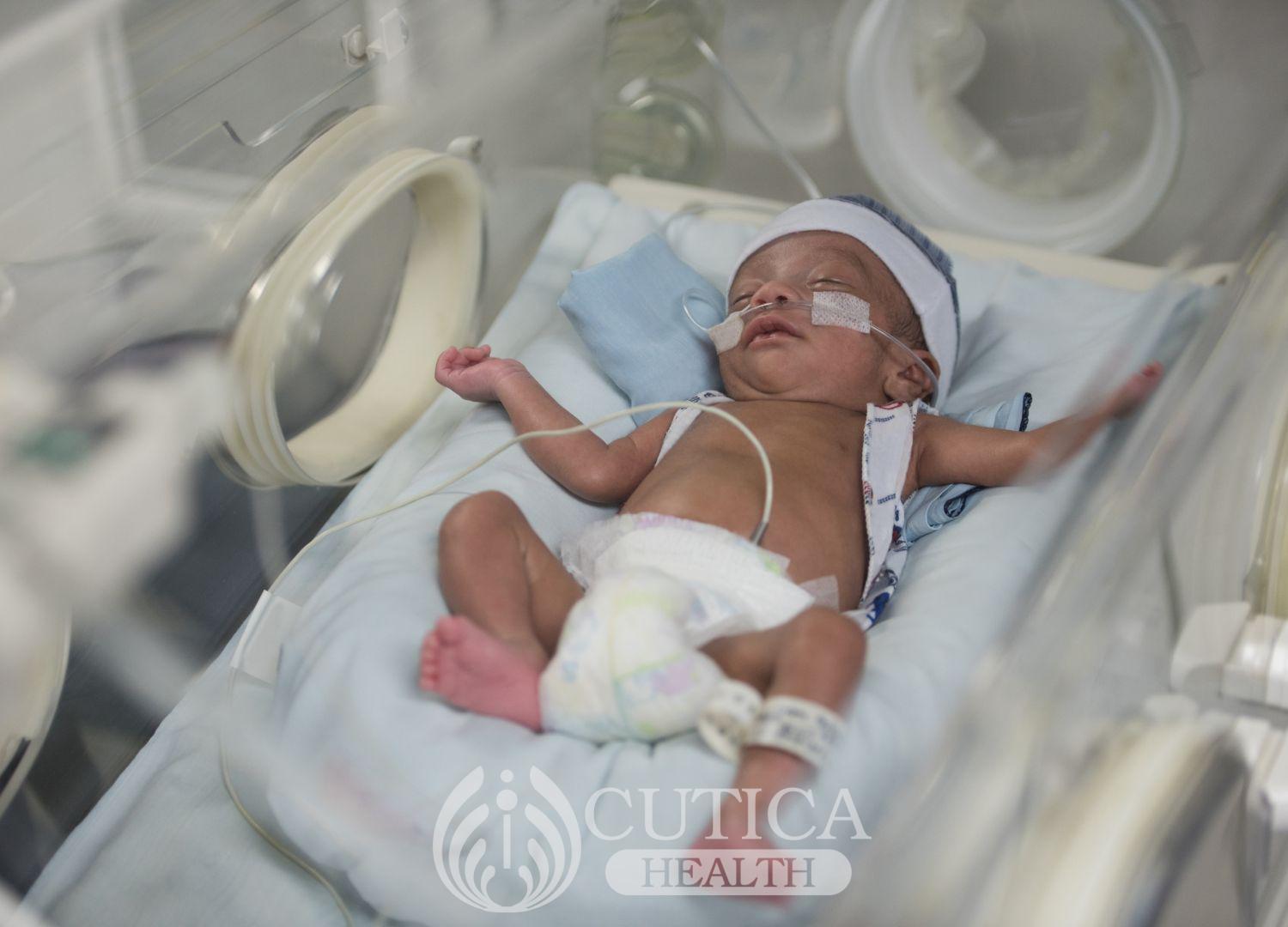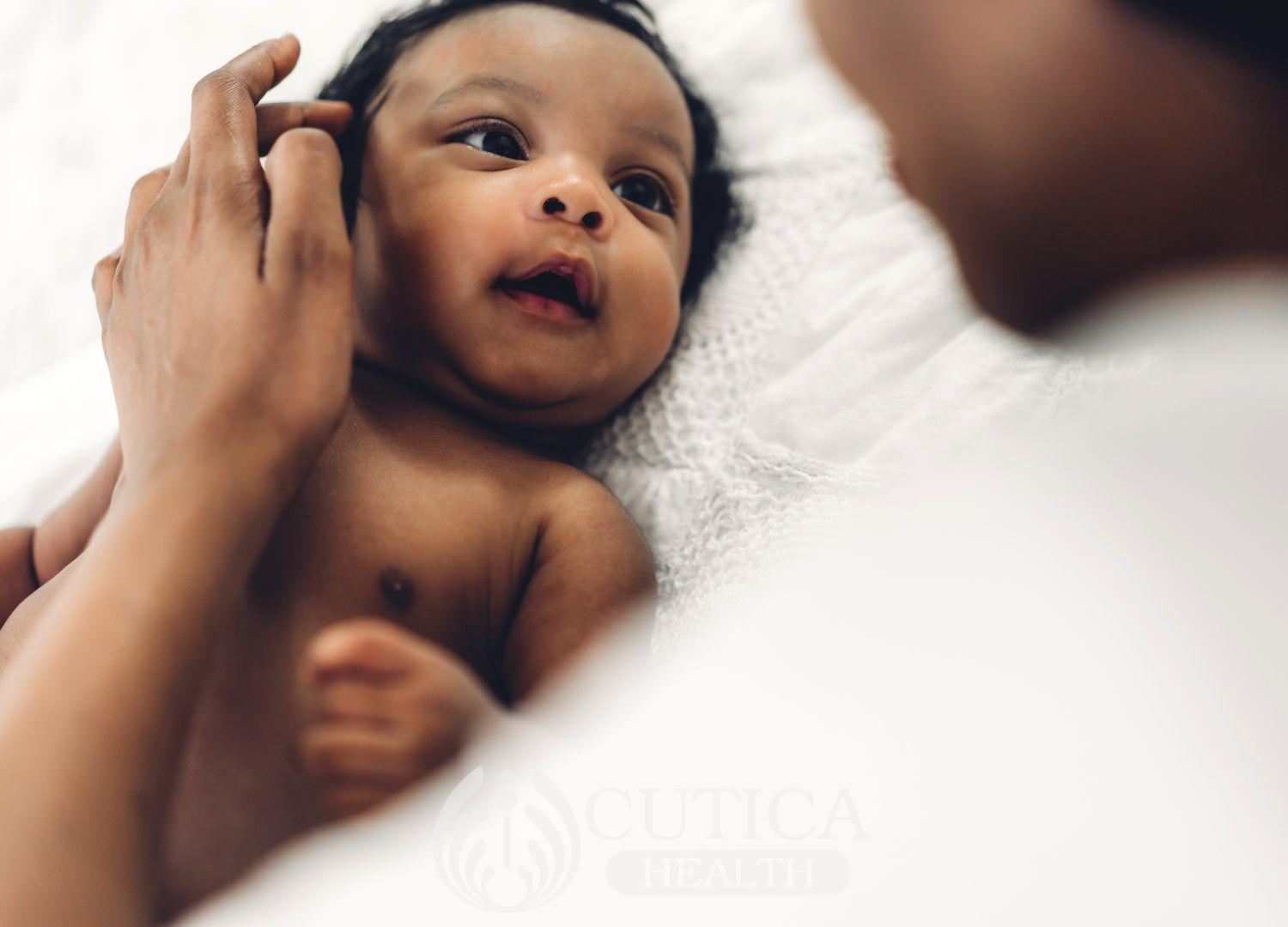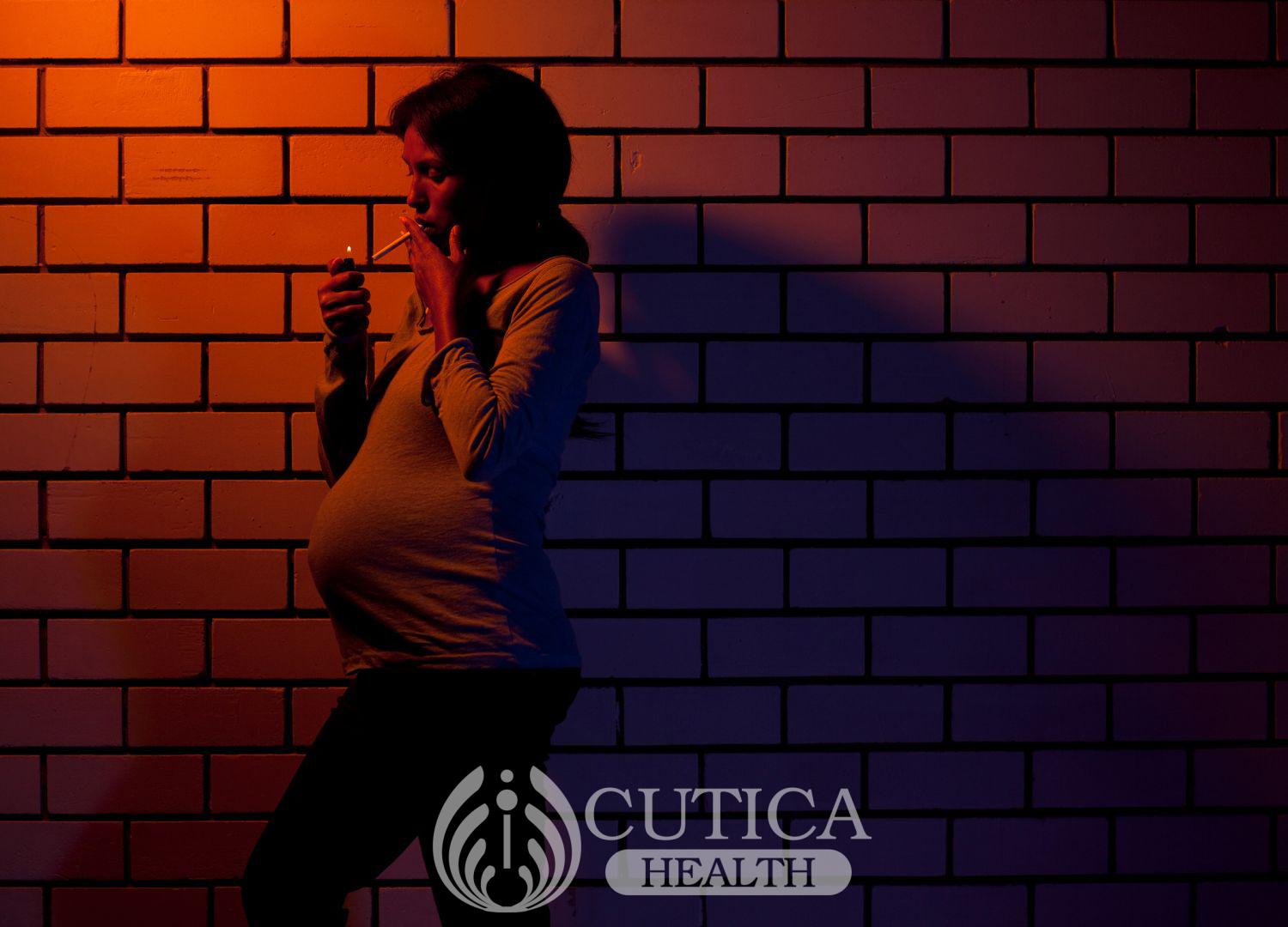
Abigail has been crying since she got home with her baby from the hospital. She had a spontaneous delivery yesterday at the hospital but since she got back, she noticed her baby does not open her eyes often and when she did, her eyelids had lots of sticky discharges and her eyes appeared red. She is so concerned this may affect her baby’s eyesight.
“Apollo”, what many people call eye redness and discharge can happen to newborns as well. Medically termed conjunctivitis, this condition happens when the thin, transparent layer of the eye is irritated, usually by a bug or irritants. When this condition occurs in newborns, it is called neonatal conjunctivitis.

Causes of Neonatal Conjunctivitis
Conjunctivitis in newborns is often caused by bugs. In rare occasions, it could be caused by chemicals associated with delivery of the baby.
The common bugs that cause neonatal conjunctivitis are:
- Bacteria: Common bacterial causes include Chlamydia trachomatis , Neisseria gonorrhea , and Staph aureus with Chlamydia being the most common. These bugs are contracted in the mother’s vaginal area and cervix, known as the birth canal, and infect the baby’s eyes during delivery. Chlamydia trachomatis and Neisseria gonorrhea are sexually transmitted infections.

Viruses: Herpes simplex virus, another sexually transmitted infection, in the mother is also an important cause of neonatal conjunctivitis. During delivery, as the baby descends through the cervix and vagina, the virus attaches to and infects the baby’s eyes.
Risk Factors for Neonatal Conjunctivitis
The following conditions increase the risk of a child contracting this eye infection:
- Maternal sexually transmitted infection
- Maternal HIV infection
- Premature rupture of the mother’s membranes (breaking of water)
- Premature birth
- Poor antenatal care
- Poor hygienic delivery conditions
- Infection of the eyes after delivery via contact with an infected person

Treatment of Neonatal Conjunctivitis
Treatment of conjunctivitis in a newborn depends on the cause:
- Chemical conjunctivitis caused by chemical irritation of the baby’s eyes may not require any specific treatment. Once the baby’s eyes are cleaned with clear water, the symptoms disappear on their own after a few days.
- Infective conjunctivitis: Conjunctivitis caused by bugs may require aggressive treatment with antibacterial or antiviral medications. The baby’s eyes may also require vigorous irrigation with water or normal saline.
Complications of neonatal conjunctivitis
Neonatal conjunctivitis may appear like the “Apollo we all know” but it could cause dangerous after-effects if not treated early. Possible complications include:
- Perforation of the eye’s clear outer layer, the cornea
- Blindness
- Spread of the bug to other parts of the body, causing ear infection, meningitis, and sometimes, pus in the brain
- Sepsis, where the bug crosses into the blood, overwhelming the whole body

Although most cases of neonatal conjunctivitis should not throw you off balance, you must ensure to take your newborn to your healthcare provider as soon as you notice it. Applying the right medications clears it off in a short period, so speak to your child’s doctor as soon as possible.












